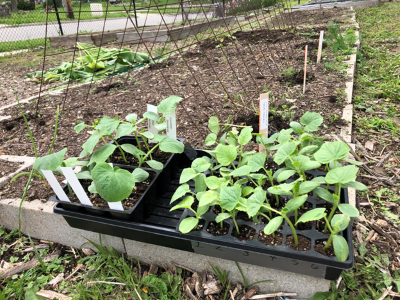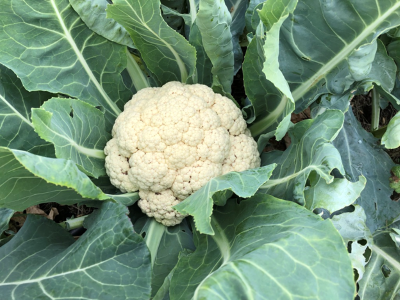Growing Transplants for Fall Gardening
As many of us have experienced firsthand, summer gardening can be a marathon and leave even the most energetic growers, who started back in late winter/early spring, worn out by the 4th of July. And by this point, your summer crops may either be so productive that you’ve run out of counter-space in the kitchen and feel guilty every time you try to “gift” more summer squash to the neighbors, or they’re in such decline (wrought with pests and disease) that you’ve decided you should burn it all down. Either way, it can be hard to regroup and start preparing for fall planting, but I would argue it’s well worth it. And although it’s still a little too warm to direct seed some of the best cool season crops, it’s a great time to start fall vegetables indoors.

Why indoors?
Well, there’s a lot of good reasons to start certain plant types indoors when it comes to fall gardening. First and foremost, starting your own seed in the late summer, as in other seasons, will give you greater access to the wide variety of vegetables and cultivars that may not be readily available at the local nursery (e.g. fennel, kohlrabi, tatsoi) —and at a lower monetary cost. Likewise, starting plants in small containers or plug trays will help you improve germination rates, which is especially challenging in the summer when we experience higher temperatures and periods of drought. One missed day of watering can fry tender seedling before they ever breakthrough the garden soil. And of course, weed competition can be alleviated when you start with bigger plants. Starting from transplants will put you ahead of schedule with longer maturing fall vegetables like Brussels sprouts and can be just as helpful to ensure quicker establishment/weed control with spinach, lettuce, chard, beets and even second plantings of traditional summer veg like cucumber and zucchini.
When should I start?
Late July and early August is ideal for starting a variety of the longer maturing fall crop types, including some brassicas (i.e. broccoli, cauliflowers, head cabbage, etc.) cool season herbs (cilantro, parsley, chives), and some cucurbits (summer squash, cucumber). August through early September can be a fine time for leafy greens (lettuces, arugula, spinach mustard greens, collards, kale). A good rule of thumb is to take the days to maturity listed on your seed packet and work backwards from our average fall frost (Oct. 23rd). Go back a week or two more to account for the decreasing temperatures/shorter days effect on plant growth and you’ll have a good idea for when you need to start seed. Plan to transplant outside about 4-6 weeks from seeding on average.


So, it’s time to find that second (or third) gardening wind and dust off your spring seed starting gear. As most seasoned Kansas gardeners know, the fall can be the most enjoyable time to spend outdoors and the crops that ripen under cooler temperatures can improve eating quality, making the bounty better than spring-planted crops.